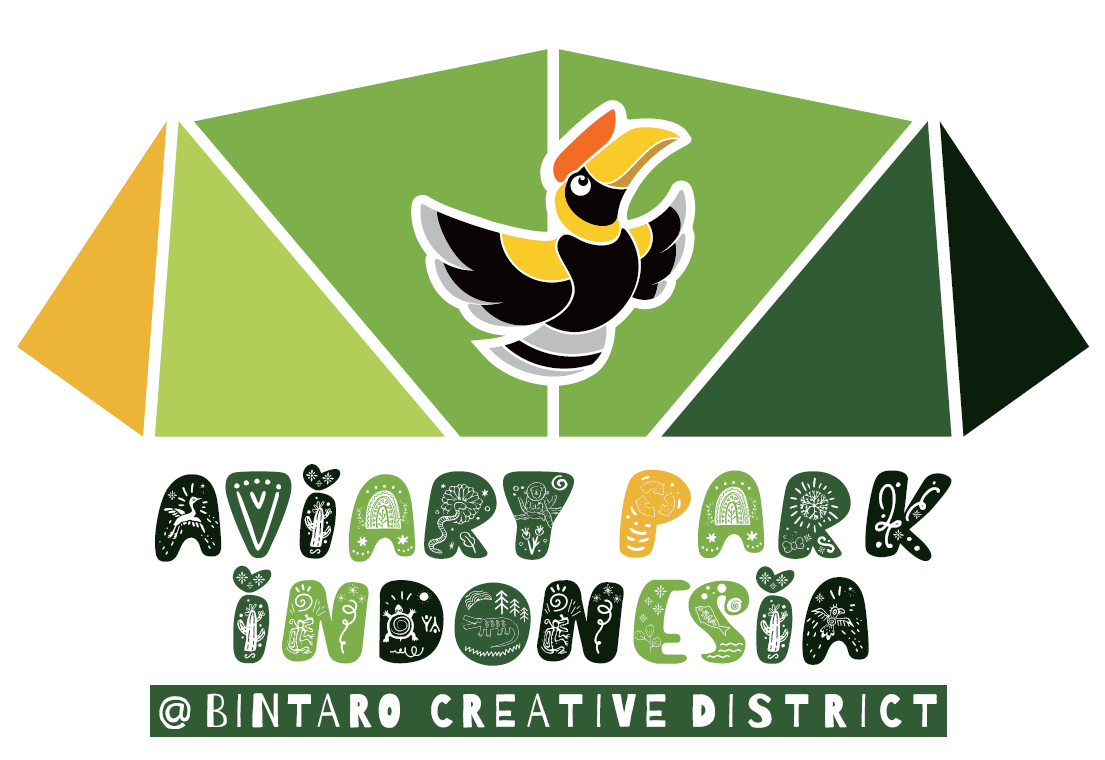Kumbang Gajah, also known as the Elephant Beetle, is a fascinating creature that can be found in Indonesia. This giant beetle is known for its impressive size, reaching up to 11 centimeters in length. Its unique appearance and behavior make it a popular attraction for travelers looking to experience the wildlife of Indonesia up close.
One of the most striking features of the Kumbang Gajah is its large, horn-like protrusions on its head. These horns are used by males to compete for mates and establish dominance within their territory. The females, on the other hand, have smaller horns or none at all. This dimorphism in horn size is a key characteristic of the species and adds to the intrigue surrounding the Kumbang Gajah.
In terms of behavior, these beetles are primarily active at night, foraging for food and seeking out potential mates. They are omnivorous, feeding on a variety of plant matter, fruits, and even small insects. Their diet plays a crucial role in maintaining the balance of the ecosystem, as they help control pest populations and contribute to the decomposition of organic matter.
When it comes to habitat, the Kumbang Gajah can be found in various regions of Indonesia, including the rainforests of Sumatra and Kalimantan. These beetles prefer humid environments with plenty of vegetation, where they can find ample food sources and breeding grounds. Their presence in the ecosystem is a testament to the biodiversity of Indonesia and the importance of preserving these natural habitats.
For travelers interested in encountering the Kumbang Gajah in the wild, there are a few key tips to keep in mind. First and foremost, it is important to respect the natural environment and avoid disturbing the beetles in their natural habitat. Additionally, it is recommended to seek out guided tours or wildlife excursions led by local experts who can provide valuable insights into the behavior and ecology of these fascinating creatures.
In conclusion, the Kumbang Gajah is a unique and captivating animal that adds to the rich tapestry of wildlife in Indonesia. Its impressive size, distinctive appearance, and intriguing behavior make it a must-see for travelers seeking authentic wildlife experiences in the Indonesian archipelago. By learning more about these fascinating creatures and their role in the ecosystem, we can gain a deeper appreciation for the natural world and the importance of conservation efforts.
10 Most Common Questions About Kumbang Gajah:
1. Are Kumbang Gajah dangerous to humans?
2. How long do Kumbang Gajah live?
3. What is the mating behavior of Kumbang Gajah?
4. Do Kumbang Gajah have any predators?
5. How can I spot a Kumbang Gajah in the wild?
6. Are Kumbang Gajah endangered species?
7. What is the significance of Kumbang Gajah in Indonesian culture?
8. Can Kumbang Gajah fly?
9. Are there any conservation efforts in place to protect Kumbang Gajah?
10. Are there any myths or folklore surrounding Kumbang Gajah in Indonesia?
